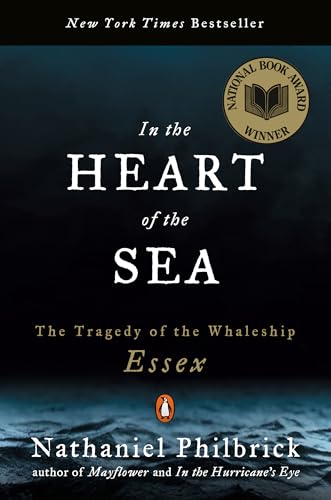In the vast tapestry of literature,few works capture the dual essence of human fragility and fortitude as evocatively as Nathaniel Philbrick’s “In the Heart of the Sea.” This gripping narrative delves into the harrowing tale of the whaleship Essex, whose doomed voyage in 1820 became a poignant study in survival and resilience. Through meticulous research and a compelling storytelling style, Philbrick invites readers to ponder the depths of despair and the heights of courage in the face of relentless adversity. As we embark on this exploration of resilient spirit against nature’s formidable odds, we will uncover not only a historical account but also a profound meditation on humanity’s enduring struggle against the wilderness—a theme that resonates across ages and cultures. Join me as we unravel the layers of this masterful work, examining its themes, characters, and the haunting echoes that linger long after the last page is turned.
The Confluence of History and Myth in Philbrick’s Narrative
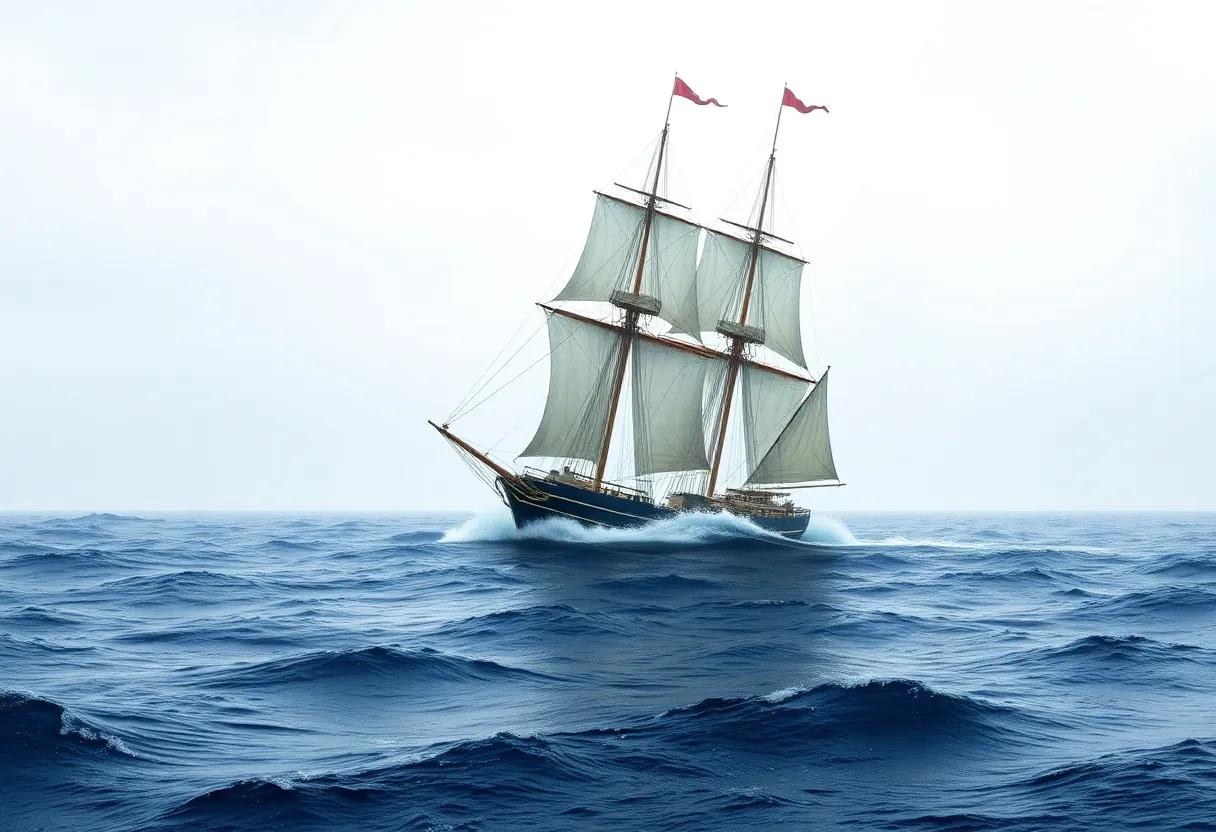
Philbrick’s narrative deftly intertwines the threads of historical fact and mythological resonance, creating a tapestry that is as enriching as it is enthralling. At the core of this fusion lies the mythic struggle for survival, where the whale, both real and symbolic, embodies the primal forces of nature and humanity’s relentless pursuit of understanding. The harrowing accounts of the crew’s ordeal after the shipwreck echo heroic epics, drawing parallels to classic narratives of resilience in the face of overwhelming odds. As the sailors confront their greatest fears, they become modern-day Odysseuses, navigating not just the treacherous seas, but the vast emotional landscapes of despair and hope.
Moreover, the interplay between factual recounting and embellished storytelling serves to heighten the stakes of Philbrick’s tale. By capturing the essence of these historical figures, he transforms them into archetypal characters who grapple with both external and internal battles.The use of vivid imagery and detailed descriptions invites readers to immerse themselves in the atmosphere of the 19th-century whaling industry, while also tapping into the eternal human quest for meaning. This blend of reality and myth not only draws readers into the historical narrative but also compels them to reflect on their own narratives of endurance and survival.
A Deep Dive into Human Endurance Against Nature’s Fury
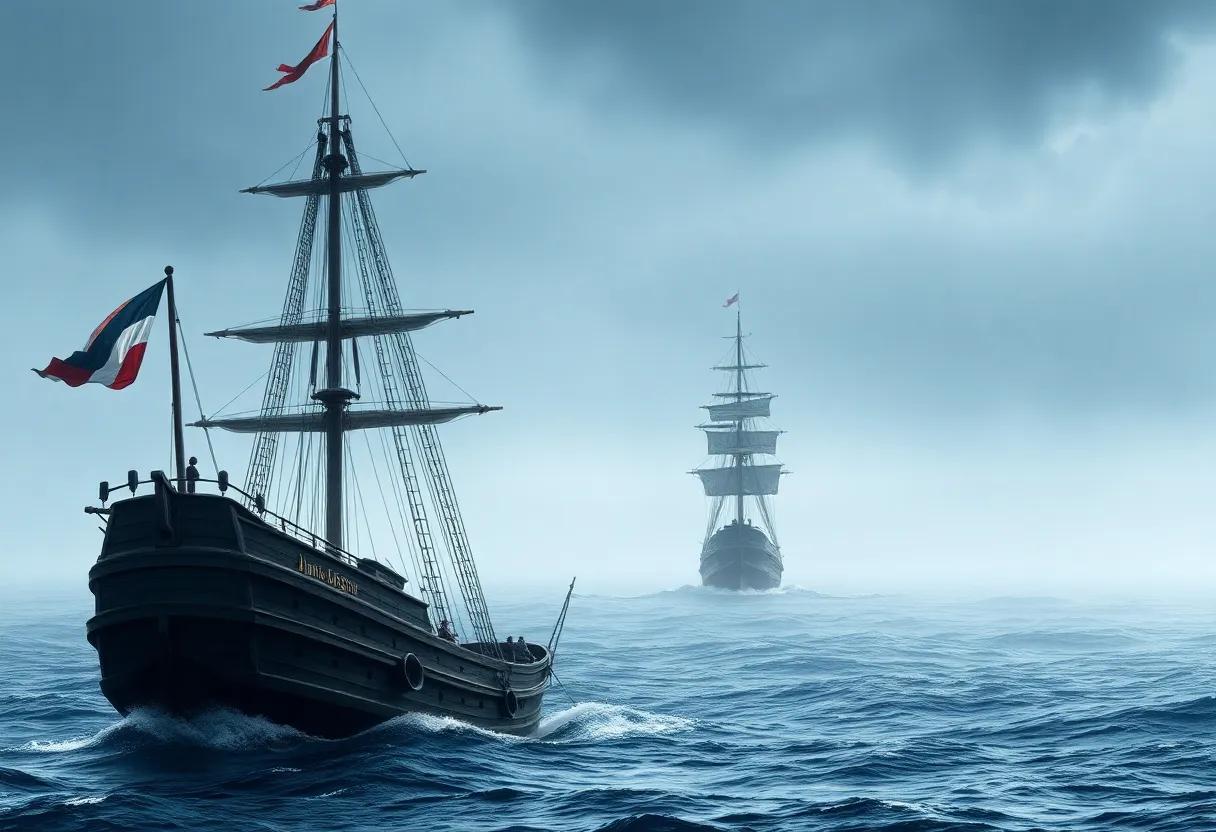
In the gripping narrative of Philbrick’s In the Heart of the Sea, we are thrust into the heart of an extraordinary tale that embodies the sheer tenacity of the human spirit when pitted against the relentless force of nature. Through the lens of the ill-fated whaling ship, Essex, the author meticulously crafts a harrowing account of survival that unveils both the physical and psychological challenges faced by the crew. Readers are drawn into a world where the abyss of despair meets an unyielding will to live, highlighting how human endurance is tested to its limits in the wake of nature’s fury.The text invites us to reflect on various themes that resonate deeply with the heartbeat of survival:
- The Power of Nature: The ocean becomes a formidable antagonist, showcasing its unpredictable temperament and vastness.
- Isolation and Desperation: survival in isolation tests moral limits and the very essence of humanity.
- Hope and Fear: The crewmembers’ fluctuating emotions paint a vivid picture of their waning hope amid overwhelming challenges.
As the story unfolds, it morphs into a poignant exploration of resilience—both personal and communal. The recounting of the crew’s struggle highlights their unfathomable courage as they navigate treacherous waters,not just in a literal sense but in their battle against despair and mental anguish. The contrast between the vast,indifferent sea and the fragile human endeavor is illustrated through poignant moments and critical decisions made in the face of overwhelming odds. The following table succinctly captures key events that underscore the escalating tension between human ambition and the unrelenting forces of nature:
| Event | Impact |
|---|---|
| Sinking of Essex | Devastates crew morale and shifts survival focus. |
| Stranded at Sea | Leads to dire decisions regarding survival tactics. |
| Clash with Whales | Symbolizes man’s struggle against nature’s dominance. |
Character Studies: The Depth of Desperation and Courage

The narrative of Philbrick’s work delves deep into the lives of its characters, showcasing their inner struggles and richness of emotion in the face of overwhelming adversity. Each character is portrayed with a level of complexity that highlights both their desperation and innate courage. For instance, Owen Chase, the first mate, becomes a vessel of resilience as he wrestles with fear and regret while striving to lead his crew through harrowing circumstances. Meanwhile, the captain, George Pollard, embodies the weight of responsibility, grappling with the decisions that lead them into the jaws of peril. The interplay of these characters reveals how desperation can manifest in different ways,from reckless bravery to crippling doubt,creating an engaging tableau of human nature when confronted with the extraordinary.
Moreover, the stark choices faced by the men aboard the wrecked Essex illuminate a raw, gripping exploration of survival. In their darkest hour, the crew members grapple with moral dilemmas, and each decision becomes a reflection of their psychological state. The book skillfully highlights the following aspects:
- Desperation: The instinct to survive can lead to both heroic acts and tragic misjudgments.
- Courage: Acts of bravery emerge not just in fighting the whale but in facing one’s fears and making the tough choices.
- Unity vs. Isolation: The dynamics of the crew shift dramatically as the bond of survival tests their loyalty to one another.
To further enhance this discussion,the table below summarizes the characters’ defining traits and challenges:
| Character | Defining Trait | Primary Challenge |
|---|---|---|
| Owen Chase | Resilient | Confronting leadership dilemmas |
| George Pollard | Burdened | Balancing responsibility and survival |
| Thomas Nickerson | Innocent | Loss of innocence amidst chaos |
Narrative Techniques: Weaving Tension into a Sea of Tragedy

In Nathaniel Philbrick’s gripping narrative,the author deftly employs various techniques to inject a palpable sense of tension into the unfolding tragedy of the ill-fated whaling ship Essex. Through masterful pacing, he meticulously builds a crescendo of dread that lingers over the characters, making their certain fate all the more poignant. Foreshadowing, dramatic irony, and vivid imagery intertwine to create a tapestry of despair that resonates with readers. As we follow the crew’s harrowing journey, the echoes of their hopes turn bittersweet, transforming each optimistic moment into a reminder of looming catastrophe.
Philbrick’s use of multiple perspectives not only enriches the narrative but also heightens the emotional stakes by revealing the inner turmoil of the characters. Each sailor’s thoughts and fears are laid bare, allowing readers to experience their struggles firsthand. The author masterfully oscillates between moments of relative calm and explosive tension, keeping the audience on edge. The following table summarizes key narrative techniques that Philbrick employs to enhance tension:
| Technique | Description |
|---|---|
| Foreshadowing | Hints at future disasters that build suspense. |
| Dramatic Irony | Readers know the crew’s fate before they do,increasing emotional weight. |
| Vivid Imagery | crafts a haunting picture of the ocean and the struggle against nature. |
| Multiple Perspectives | Brings depth to characters and their individual challenges. |
Thematic Exploration of Survival and Loss

In Nathaniel Philbrick’s compelling narrative, the interplay between survival and loss serves as a poignant lens through which the haunting realities of maritime disaster are explored. Through the harrowing tale of the whaling ship Essex, which meets a tragic fate after an encounter with a ferocious sperm whale, readers are thrust into a world where the struggle for life is matched only by the specter of loss.The characters aboard the Essex embody the fragility of human existence, facing the relentless whims of nature as they grapple with despair and desperation.Philbrick masterfully captures their journey, revealing the extremes to which individuals will go when survival is at stake, illustrating not only the strength of the human spirit but also the emotional toll that loss exacts on those who endure.
The author juxtaposes the deep bond between the crew and the relentless desolation of the sea, emphasizing how profound connections can be both a source of strength and a heartbreaking reminder of what has been sacrificed. As the survivors confront starvation and isolation, their individual and collective experiences reflect the complex tapestry of their humanity. Key themes emerge, such as the stark realization of mortality, the psychological toll of adversity, and the haunting consequences of their decisions. The following table encapsulates these themes by highlighting pivotal moments in the narrative and their impact on the crew’s psyche:
| Pivotal Moment | Impact on Crew |
|---|---|
| Encounter with the Whale | Change from hunters to hunted |
| stranded at Sea | Desperation leads to moral dilemmas |
| Rescue and Survival | Survivors must confront the ghosts of their past |
Through these harrowing experiences, Philbrick adeptly portrays how survival can come at a tremendous cost, compelling readers to reflect on their own resilience in the face of adversity. Each loss is a physical reminder of those who did not survive, echoing the notion that every struggle carries with it an indelible mark of sacrifice. In this very way, “In the Heart of the Sea” transcends its historical context, offering a timeless exploration of the human condition and the enduring spirit that seeks to overcome the darkest depths of despair.
Vivid Imagery: Philbrick’s Masterful Descriptions of the Ocean
Philbrick’s evocative prose transforms the sea into a living entity, rich with both beauty and danger.His ability to craft scenes that capture the vastness of the ocean allows readers to feel as if they are navigating the very waters that dictate the fates of his characters.With each turn of phrase, the imagery is woven tightly around the reader’s senses, immersing them in:
- vibrant colors that shimmer beneath the sunlight.
- Crashing waves that echo the turmoil of the human spirit.
- Endless horizons that symbolize both hope and despair.
Through meticulous detail,Philbrick invites readers to envision the perilous journey of the Essex,where the ocean is not merely a backdrop but a formidable character itself. The tension builds as the sea shifts unpredictably, depicted through descriptions that evoke both fear and awe. His use of metaphor to describe:
| Aspect | Description |
|---|---|
| The Storm | A monstrous beast,churning with fury. |
| The Calm | A deceptive lull, heavy with anticipation. |
| Sunrise | A radiant promise, heralding new beginnings. |
adds layers to the narrative, making the ocean an omnipresent force that tests the limits of human endurance. This ability to paint such vivid imagery not only enhances the storytelling but also serves as a poignant reminder of the resilience embedded within the human experience, illustrating the stark contrasts between the serene beauty of the ocean and its inherent treachery.
Lessons Learned: Resilience as a pillar of the Human Experience

Philbrick’s gripping narrative illuminates how resilience manifests in dire circumstances, illustrating the strength of the human spirit against overwhelming odds. Resilience, as depicted in In the Heart of the sea, is not merely the capacity to endure hardship but also the ability to adapt and evolve in response to adversity. Characters like Captain Pollard and First Mate Chase exemplify this principle through their relentless determination to survive against nature’s ruthless challenges. By examining their collective struggle aboard the Essex, we see that resilience often involves collaboration and the reinvention of strategies, which can pivot the trajectory of survival in seemingly hopeless situations.
The text also reveals profound lessons about the psychological aspects of resilience.Faced with the abyss of despair, the crew’s mental fortitude is tested, showcasing how emotional strength can be as crucial as physical endurance. The journey encourages readers to reflect on their own capacity for resilience, prompting questions such as:
- How do we respond to life’s unexpected trials?
- What support systems help us endure?
- In what ways can we foster resilience in ourselves and others?
Through such inquiries, In the Heart of the Sea serves as both a cautionary tale and an inspiring reminder that resilience is a multifaceted pillar of human existence, essential for navigating life’s storms.
cultural Reflections: The Whaling Industry and Its Impact
The whaling industry, as depicted in Philbrick’s narrative, serves as a poignant reminder of humanity’s complex relationship with nature. The harrowing tale of the Essex is not merely about the pursuit of profit but also reflects the moral dilemmas and ecological consequences associated with such exploitative practices.Through the crew’s harrowing journey into the heart of the ocean, readers are confronted with the stark realization of how ambition can lead to devastating outcomes—not only for the hunted but for the hunters themselves. The industry, once a beacon of economic possibility, ultimately reveals the fragility of human existence in the face of nature’s wrath, emphasizing the themes of survival and resilience amid overwhelming odds.
The impact of whaling extends beyond individual stories to broader cultural and societal shifts. Its decline marks a transformation in maritime economies and indigenous practices, raising questions about sustainability and conservation. Some notable aspects of this evolution include:
- decline of Whaling Communities: As demand decreased, conventional whaling towns faced economic hardship.
- environmental awareness: The devastation caused by whaling led to the rise of conservation movements, advocating for marine life protection.
- Cultural Narratives: Whaling has inspired art, literature, and film, capturing the human experience in relation to the vastness of the sea.
| Aspects of Whaling Impact | Consequences |
|---|---|
| Economic Changes | Shifts from whaling economics to tourism and conservation. |
| Regulatory Responses | International bans fostering global cooperation for marine conservation. |
Comparative Analysis: Philbrick’s Work vs. other Maritime Literature
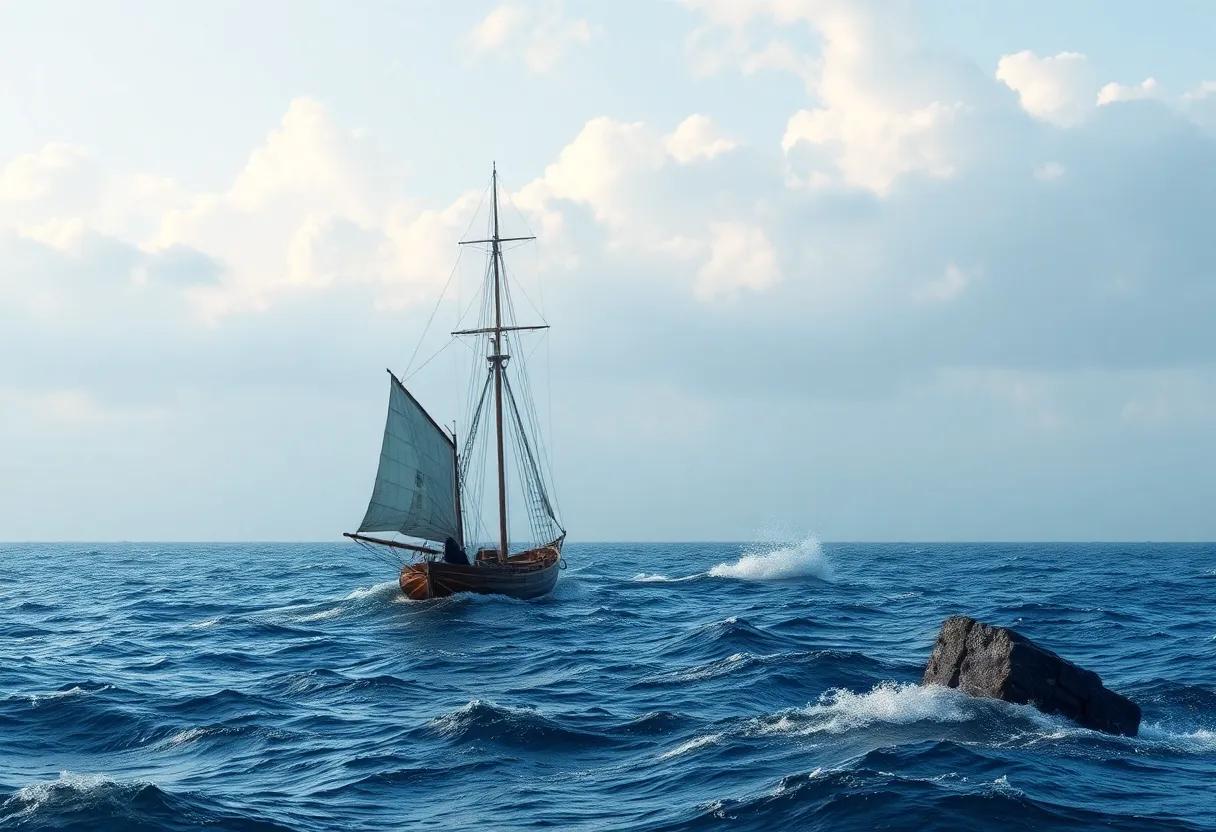
Philbrick’s “In the Heart of the Sea” stands out in the realm of maritime literature through its nuanced exploration of resilience against the backdrop of one of America’s most harrowing sea disasters.Unlike traditional sea narratives that often glorify heroism and adventure, philbrick delves deep into the psychological and emotional toll of survival. His meticulous attention to historical detail contrasts with other works, such as Melville’s “Moby-Dick,” which, while masterful, tends to focus more on the symbolic and philosophical aspects of whaling. In comparison, Philbrick presents a raw and visceral depiction of human endurance, showcasing how extreme circumstances strip individuals to their core as they confront their limits and the vastness of the ocean.
Other maritime literature may touch upon themes of exploration and conquest, yet few capture the essence of desperation and the fight for survival as vividly as Philbrick does. For example, works like “The Perfect Storm” by sebastian Junger also portray human struggle at sea, yet they often lean towards sensationalism in dramatizing the events. In contrast, Philbrick employs a more balanced approach by weaving in historical records with personal accounts, creating a rich tapestry that offers insight into both individual and collective responses to crises. This interplay of history and personal narrative allows readers to engage with the text on multiple levels, fostering a deeper appreciation for the intricate dance between man and nature.
Reader engagement: How Philbrick Captivates His Audience
Philbrick masterfully engages readers by weaving a narrative that is both gripping and thought-provoking. His meticulous attention to detail allows readers to feel as though they are part of the crew aboard the whaling ship *Essex*. Through vivid imagery and immersive descriptions, Philbrick draws the audience into the 19th-century whaling industry and the harrowing journey that the crew undertook. The emotional landscape is rich, evoking a spectrum of feelings—from the thrill of adventure to the depths of despair—and this emotional resonance keeps readers turning pages. As readers navigate the treacherous waters alongside the crew,they are not just passive observers; they are participants in a survival saga that tests the limits of human endurance.
To further enhance the impact of his storytelling, Philbrick employs a range of narrative techniques that foster a deep connection with the audience. By incorporating firsthand accounts and survivor stories, he creates an atmosphere of authenticity that resonates powerfully. key elements contributing to this engagement include:
- Descriptive Language: Lively depictions that bring scenes to life.
- Character Development: Well-rounded characters whose struggles mirror real human experiences.
- Universal Themes: Exploration of resilience, hope, and the will to survive.
These elements highlight Philbrick’s ability to transform historical events into compelling narratives that not only inform but also inspire. The following table summarizes key themes in *In the Heart of the Sea*:
| Theme | Description |
|---|---|
| Survival | The struggle against nature and oneself. |
| Isolation | Physical and emotional distance from society. |
| Morality | The ethical dilemmas faced in dire circumstances. |
Historical Accuracy: Bridging Fact and Fiction in the Tellings
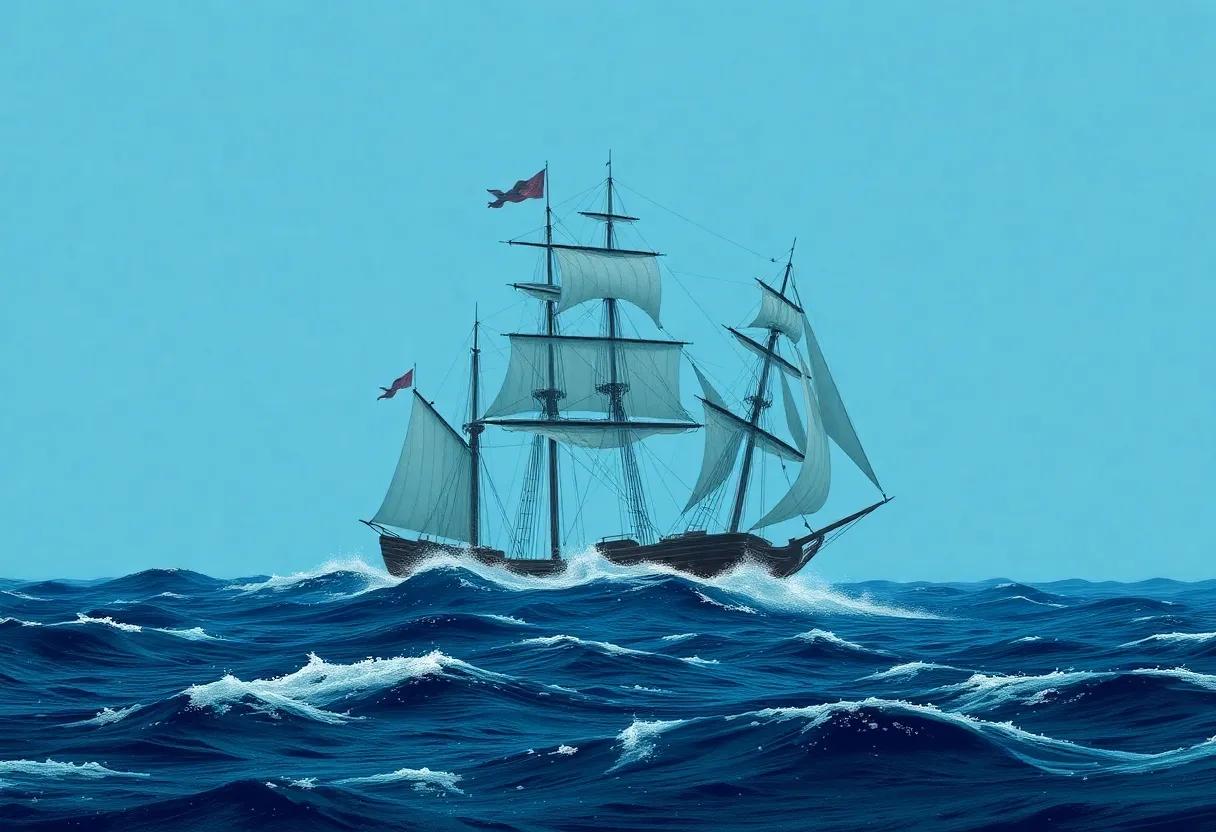
In Nathaniel Philbrick’s evocative narrative, the line between history and myth blurs, inviting readers to scrutinize the true events surrounding the tragic voyage of the whaling ship Essex. Delving into this harrowing tale provides a fascinating glimpse into the maritime culture of the 19th century, which Philbrick skillfully juxtaposes against the raw human experience. The author meticulously examines the fog of memory that can obscure historical truths, highlighting how both individual and collective resilience shaped the survival stories of the crew. By recounting the harrowing struggles against nature and each other, he showcases the ways in which desperation can sometimes lead to decisions that challenge the moral framework of humanity itself.
Philbrick adeptly illustrates how various narratives emerged from the wreckage of the Essex, rising out of the chaos to become legends. By balancing factual recounting with emotional depth, he allows the reader to witness the creation of folklore in real time. Key figures such as Captain George Pollard and mate Owen Chase transform into symbols of endurance and desperation, while their stories leave an indelible mark on american maritime history. In some cases, the stories are enriched by tragic irony, as survival came at a grotesque cost. The table below summarizes these personal journeys against the backdrop of historical events:
| Character | Role | Key Decision | Outcome |
|---|---|---|---|
| George Pollard | captain | Ordered lifeboat launches | Survival through moral compromise |
| Owen Chase | First Mate | Challenged Pollard’s decisions | Struggled with internal conflict |
| Matthew Joy | Second Mate | Pursued escape plans | Lost at sea |
Recommendations for Further Reading on Resilience
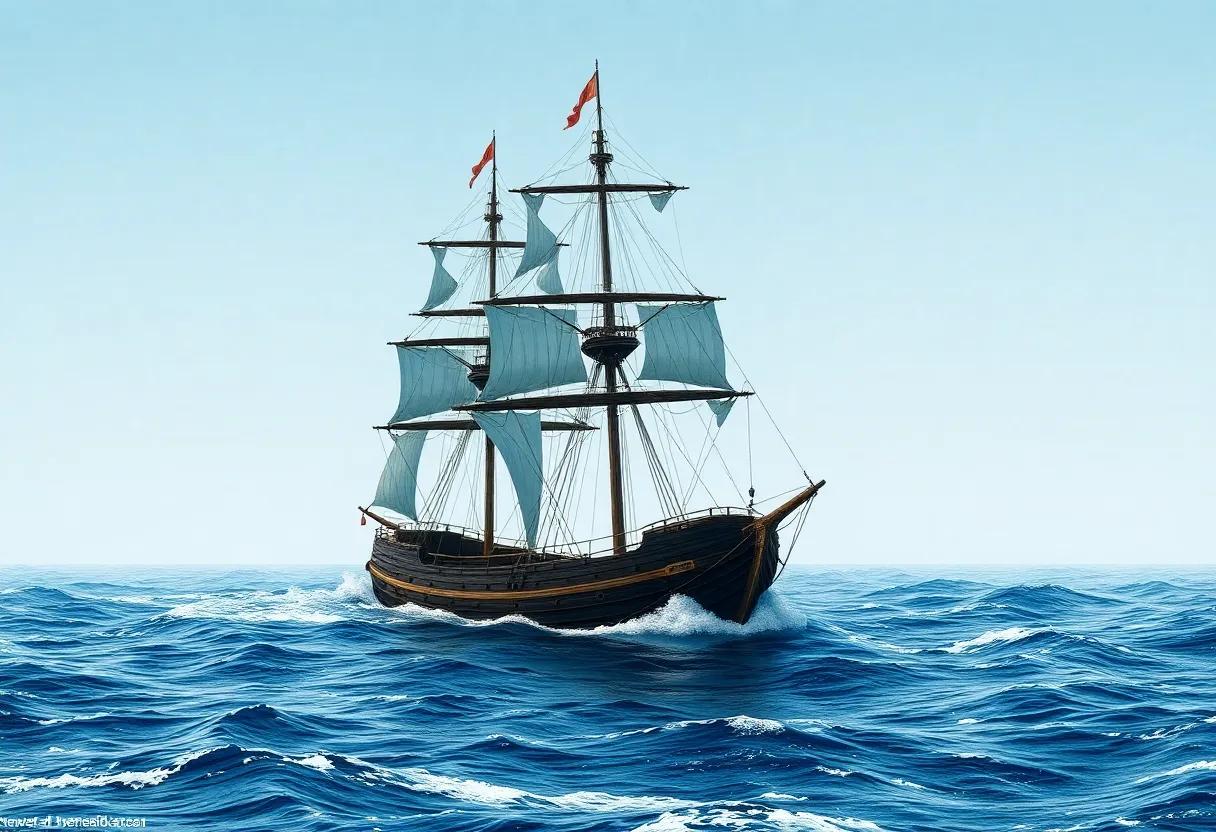
For those intrigued by the theme of resilience as presented in Philbrick’s narrative, several insightful works delve deeper into the human capacity to endure and recover from adversity. Consider exploring the following texts that capture various dimensions of resilience:
- The Resilience Factor by Karen Reivich and Andrew Shatté – A practical guide that equips readers with the tools to foster resilience.
- Man’s Search for Meaning by Viktor E. Frankl – A profound exploration of finding purpose even in the direst circumstances.
- The power of Resilience by Al Siebert – An examination of the traits that help individuals bounce back from challenges.
- Grit: the Power of passion and Perseverance by Angela Duckworth – A look at how determination and passion contribute to long-term success.
Moreover, if you are interested in the historical context of resilience demonstrated in maritime disasters like those encapsulated in philbrick’s account, consider these significant readings:
| Title | Author | Focus |
|---|---|---|
| Endurance: Shackleton’s Amazing Voyage | Alfred Lansing | survival in antarctic exploration |
| The Perfect Storm | Sebastian Junger | The clash of nature and human tenacity |
| Into the Wild | jon Krakauer | Adventure and the limits of human resilience |
Philbrick’s Voice: A Unique Perspective in American Literature
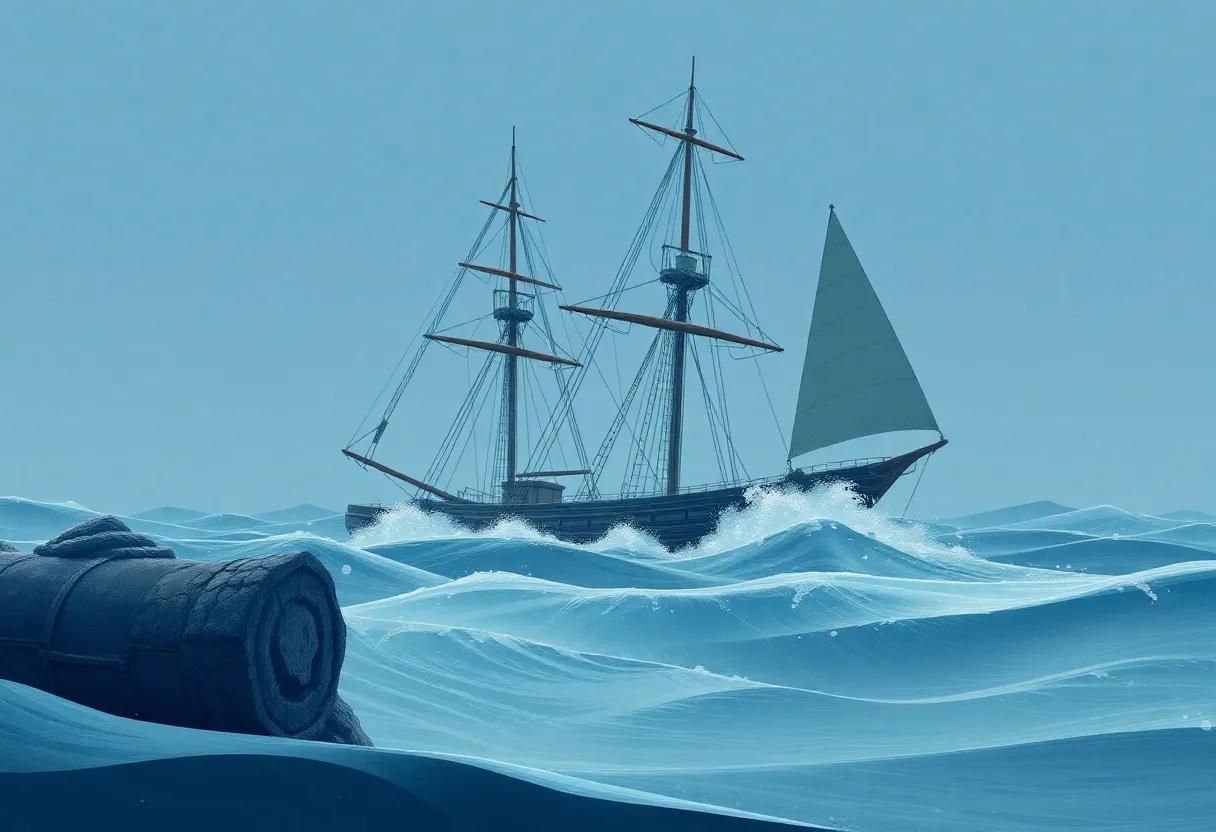
In “In the Heart of the Sea,” Nathaniel Philbrick opens a window into the harrowing yet captivating world of survival through adversity. His nuanced portrayal of strength in the face of unimaginable circumstances serves as a vivid reminder of the human spirit’s capacity to endure. By grounding the narrative in historical fact and weaving in richly textured storytelling,philbrick invites readers to reflect on themes such as sacrifice,leadership,and moral ambiguity. In doing so,he does not shy away from the darker aspects of human nature,illustrating how desperation can lead to both noble acts and profound betrayal.
The author’s unique voice emerges not only through his engaging narrative style but also through his ability to bring to life the individuals involved in the Whaleship Essex tragedy. Key elements of Philbrick’s approach include:
- Detailed Character Studies: each crew member’s backstory and motivations are intimately traced, highlighting their complexities.
- Vivid Descriptions: The sea, in all its beauty and terror, becomes a character in its own right, as readers experience both the allure and danger that it presents.
- Historical Context: Philbrick expertly contextualizes the events within the larger framework of whaling industry and its implications on American identity.
| Theme | Significance |
|---|---|
| Resilience | The ability to withstand trials and tribulations. |
| Isolation | The profound impact of solitude on human psyche. |
| Morality | The ethical dilemmas faced during survival. |
Future Outlook
“In the Heart of the sea” serves as a profound exploration of resilience in the face of harrowing circumstances. Philbrick’s vivid storytelling and meticulous research not only illuminate the historic tragedy of the Essex but also delve into the depths of the human spirit when confronted with the unknown. The narrative invites readers to reflect on the delicate balance between ambition and survival, offering insights that resonate far beyond the whaling industry of the 19th century. as we close the pages of this compelling account, we are left with a deeper understanding of our own capacity for perseverance and the timeless struggle against the forces of nature. Whether you are drawn by a love for maritime history or the timeless lessons of human endurance,Philbrick’s work stands as a stirring testament to the strength inherent in us all,urging us to forge ahead,no matter the storm.

